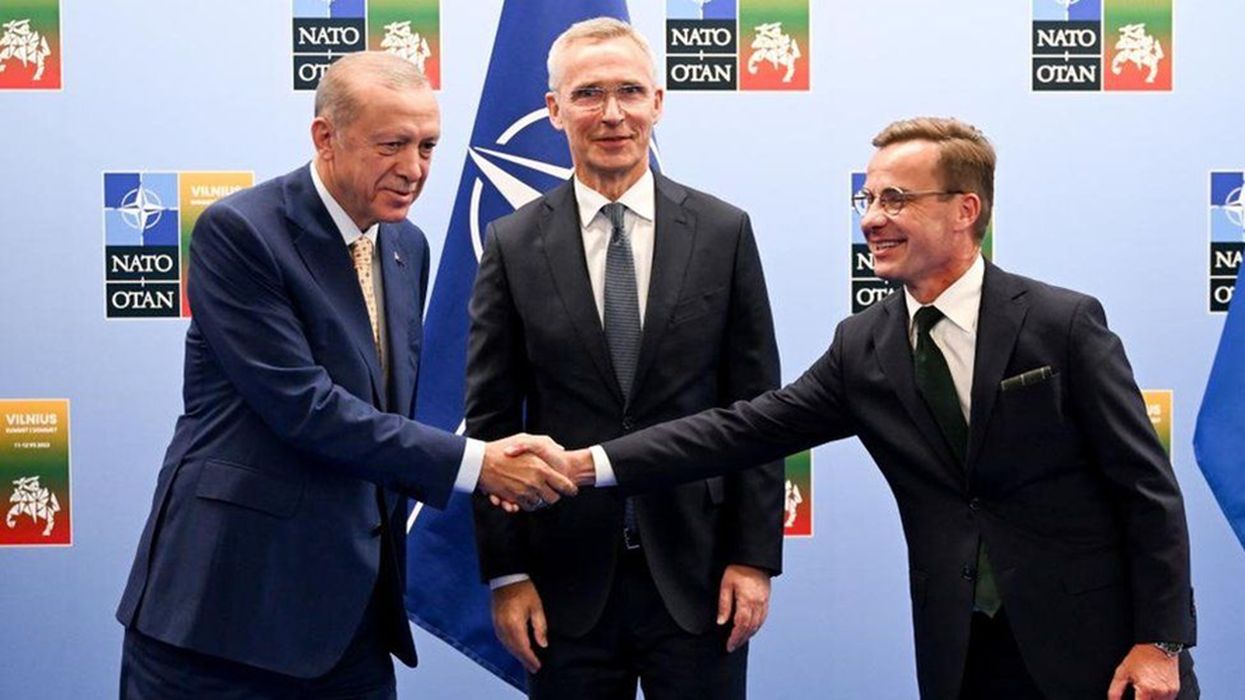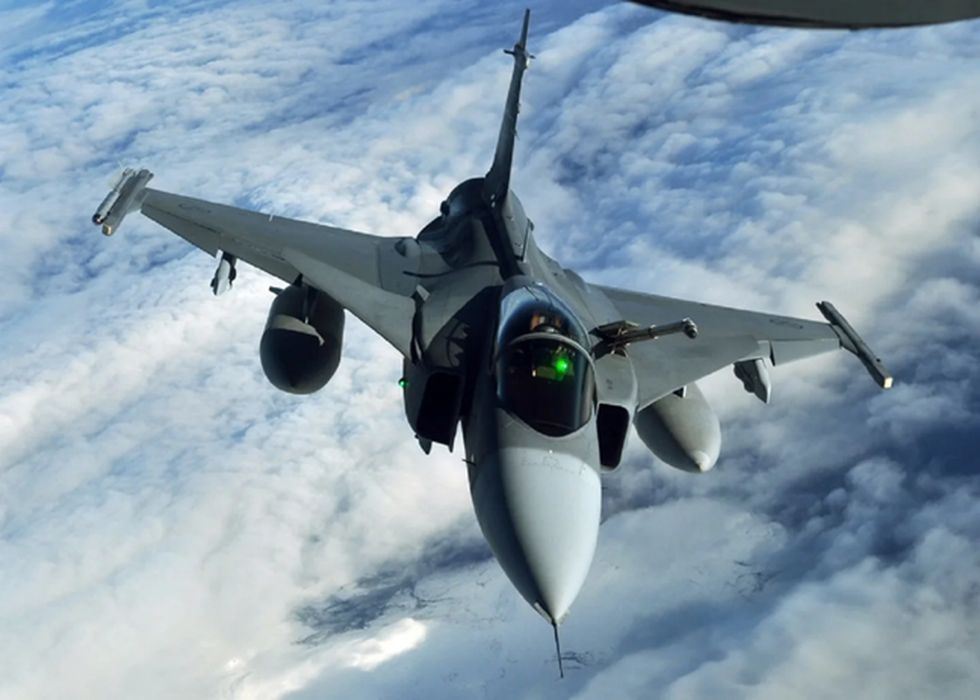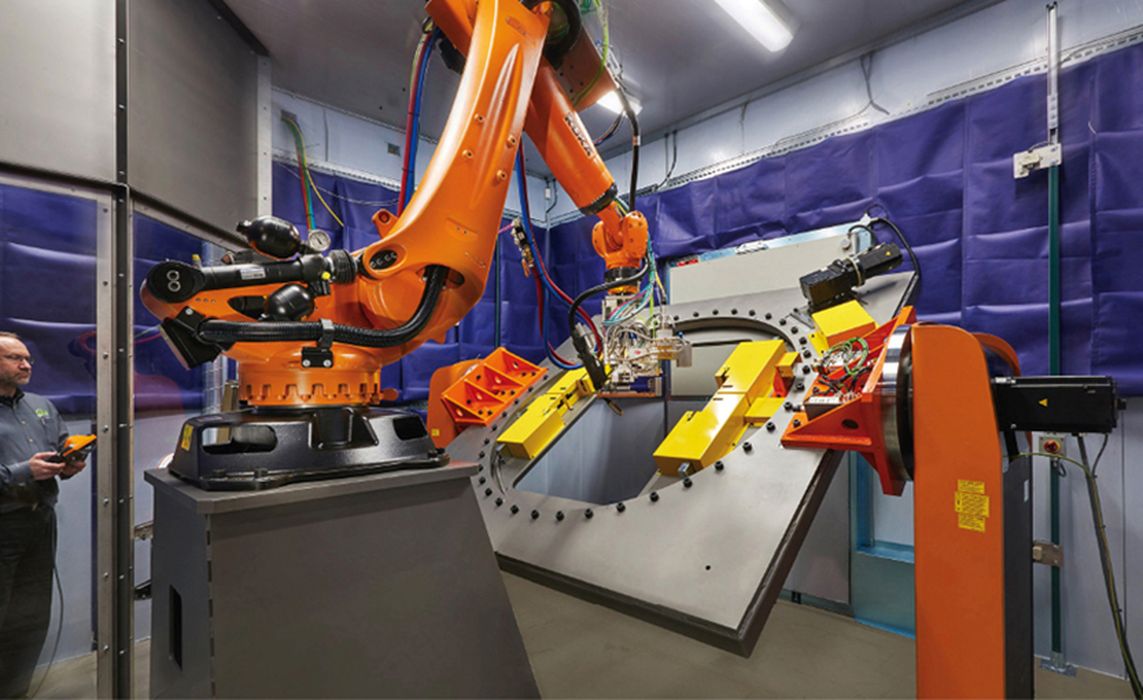
Charles R. Goulding and Preeti Sulibhavi remark on Sweden’s recent admittance into NATO and how 3D printing can be leveraged for the defense budget.
Sweden has finally been admitted entry into NATO, the North Atlantic Treaty Organization. Previously, Sweden’s accession into the military alliance had been blocked by Turkey. Turkish President, Tayyip Erdogan, had claimed that Sweden was harboring militants from the banned Kurdistan Workers Party (PKK), a militia that uprose against the Turkish state in 1984. They have now come to an agreement.
Sweden’s admission follows Finland’s this past spring. Both NATO bids were motivated by the war in Ukraine.
There are certain rules that NATO members must abide by. This includes The Defense Investment Pledge endorsed in 2014 calls for Allies to meet the 2% of GDP guideline for defense spending and the 20% of annual defense expenditure on major new equipment by 2024. Since Russia’s full-scale invasion of Ukraine began in February 2022, most Allies have committed to investing more, and more quickly, in defense.

We have covered the UK’s large defense budget, Germany’s defense budget, Norway’s defense budget, as well as Denmark’s, Finland’s, and Sweden’s defense spending, all in previous Fabbaloo articles.
But with the Russia-Ukraine War, defense spending is rising. Currently, out of the 30 members, 11 allies meet or exceed the 2% of GDP defense spending benchmark. They are the US, the UK, Poland, Greece, Estonia, Lithuania, Finland, Romania, Hungary, Latvia and Slovakia. You might be reasoning that some of the Eastern Bloc nations are smaller and therefore 2% of GDP is not as hefty as it would be for say, Denmark.
But Denmark is set to triple its defense budget over the next decade. And, Denmark intends to reach the 2% goal by 2030. In 2024, investments in equipment, personnel, and infrastructure will amount to 6.9 billion kroner and should reach 19.2 billion kroner in 2033.

The added funds are to be financed in part by the abolition of a public holiday that has already passed, despite protests from many Danes.
Budget trends for Sweden and other Scandinavian countries are also on a similar upward moving trajectory.
The Research & Development Tax Credit
The now permanent Research and Development (R&D) Tax Credit is available for companies developing new or improved products, processes and/or software.
3D printing can help boost a company’s R&D Tax Credits. Wages for technical employees creating, testing and revising 3D printed prototypes can be included as a percentage of eligible time spent for the R&D Tax Credit. Similarly, when used as a method of improving a process, time spent integrating 3D printing hardware and software counts as an eligible activity. Lastly, when used for modeling and preproduction, the costs of filaments consumed during the development process may also be recovered.
Whether it is used for creating and testing prototypes or for final production, 3D printing is a great indicator that R&D Credit eligible activities are taking place. Companies implementing this technology at any point should consider taking advantage of R&D Tax Credits.
Defense Technology & 3D Printing
We have covered various uses of 3D printing as well as the potential integration of the technology for defense machinery and equipment. Whether it is to boost Ukraine’s armaments, or the General Dynamics’ Ukraine Arms Deal, we have explained the 3D printing applications. From air to sea, there is room for advancement with help from 3D printers.
Conclusion
With the inclusion of Sweden in NATO, we believe that defense spending will be rising. Whether it is to meet alliance budget goals or to simply raise national defense capabilities, the 3D printing industry should see this as an opportunity to improve defense technology.
